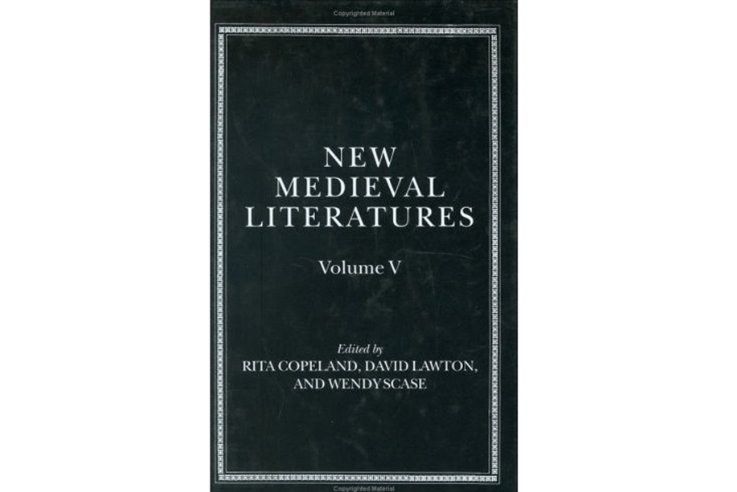《New Medieval Literatures》是2002年出版的圖書,作者是Copeland, Rita; Lawton, David; Scase, Wendy。
基本介紹
- 中文名:New Medieval Literatures
- 作者: Copeland, Rita; Lawton, David; Scase, Wendy
- 出版時間:2002年2月
- 頁數:312 頁
- 定價:152.55 美元
- ISBN:9780199252503
內容簡介
New Medieval Literatures is an annual of work on medieval textual cultures. It provides a venue for innovative research representing the diverse methodologies of medieval studies - theoretical, archival, philological, and historicist. Volume 5 is marked by a preoccupation with origins or beginnings: the return to some of the foundational texts of the 'modern', here Marx, Freud, and classical Marxist literary criticism; or how the Middle Ages thematized its own antecedents, in the founding myth of imperial Rome, the originary force of martyrdom, and the reformist foundations of monasticism. This volume features important new work from distinguished scholars. Christopher Baswell and D. Vance Smith both write about resurrecting the pagan past in the modern urban spaces of fourteenth-century England: Baswell's magisterial archival essay considers the political role of Virgil's Aeneid in the Uprising of 1381, and Smith uses the urban narrative of St Erkenwald as a departure for a profound meditation on death and melancholy. Jody Enders dramatically contrasts the intentionality implicit in two fatal accidents that were also theatrical spectacles, one in medieval Paris and one in modern Los Angeles. And Jocelyn Wogan-Browne's magnificant analytical survey of recent research on female reading communities takes a critical new look at the way in which we deploy the foundational concept of 'community' in histories of medieval reading and literacy. Essays by four leading younger scholars complete this volume with complementary yet highly distinctive perspectives on martyrdom, sainthood, and virginity. Robert Mills considers how the visualization of martyrs' suffering in words and image can be a signifier of erotic pleasure; Sarah Salih evaluates the particular eroticism of the sponsalia Christi; Catherine Sanok reads Pearl through the lens of hagiography and Marxist genre theory; and Nancy Warren's new research on Colette of Corbie looks at the reformist power of female monasticism in the Hundred Years War.

